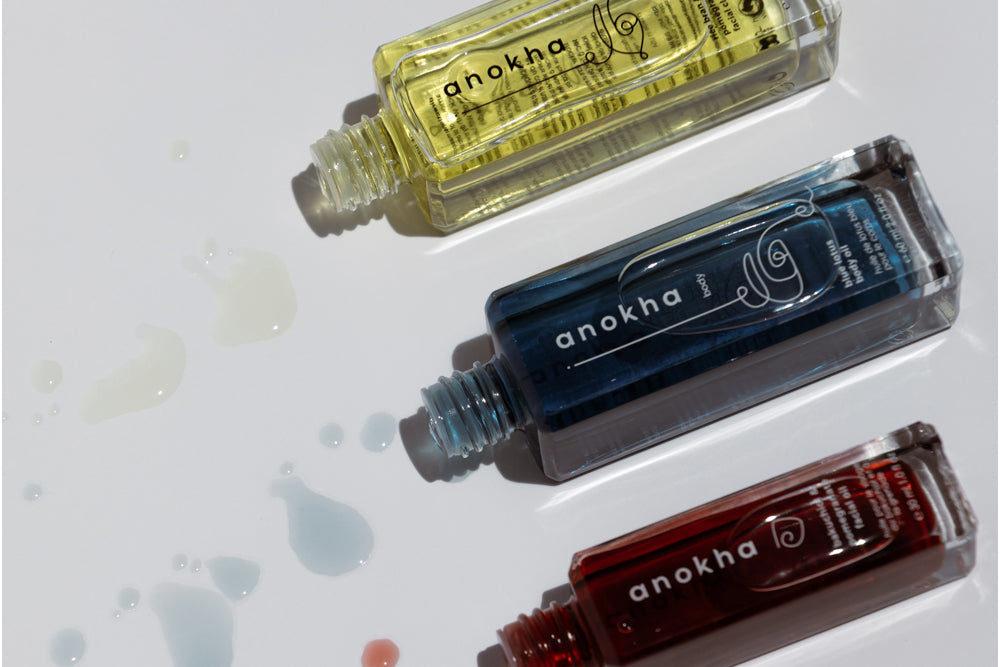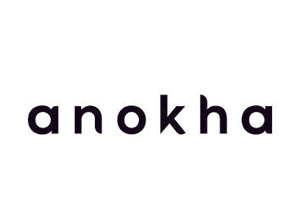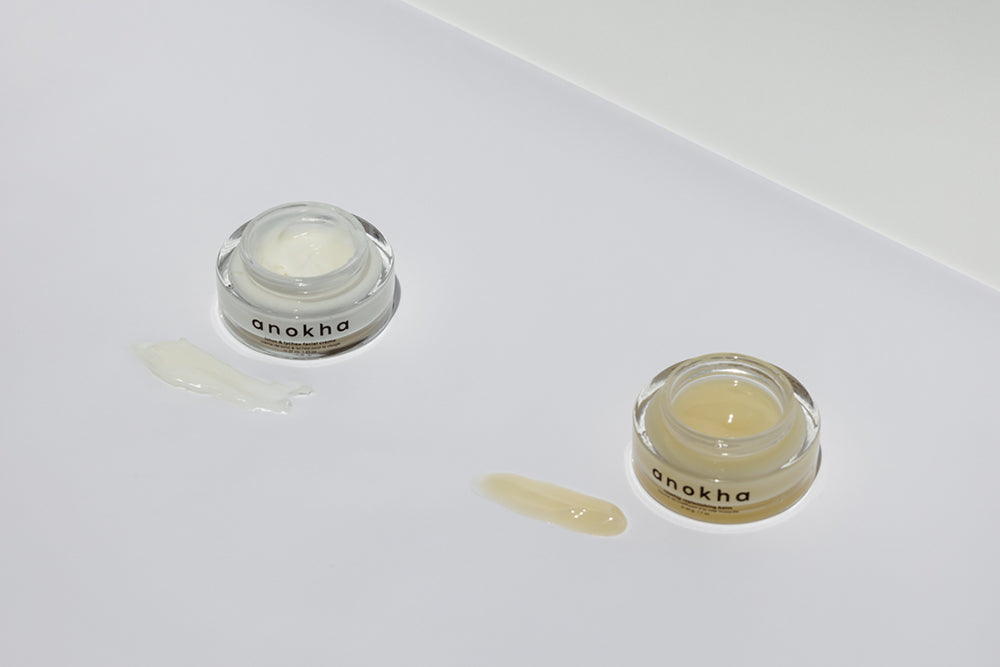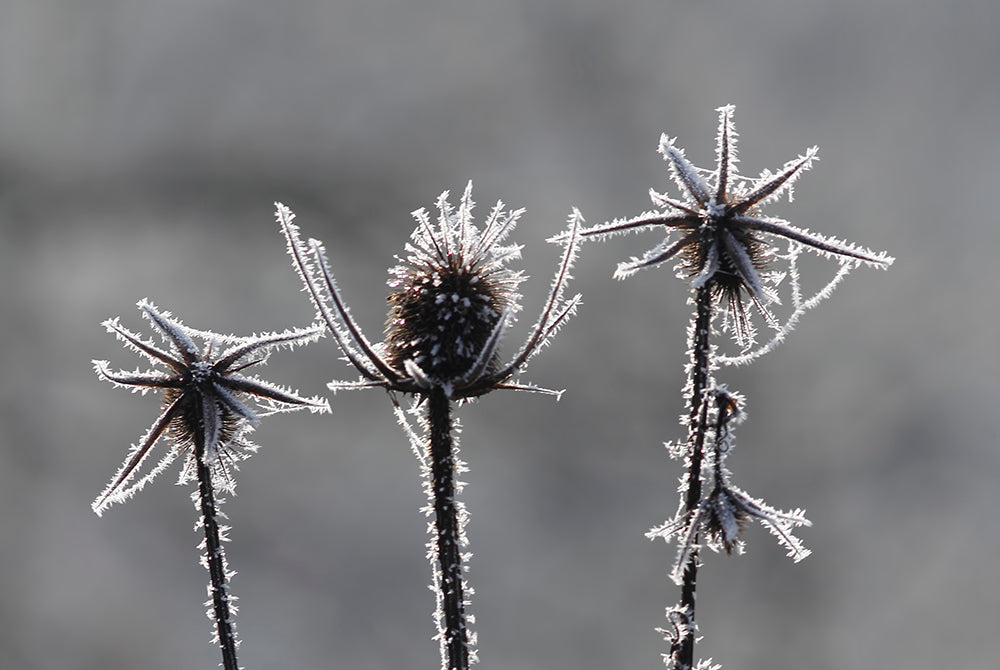
how to hydrate

the bottom line
Skin care is fundamentally about balance. By balancing the water and oil within the layers of our skin, we can maintain the skin’s critical barrier function to achieve truly healthy skin. The term “moisturizer” is used broadly to indicate any product that assists in hydration of the skin. However, the ideal method of hydration varies from one person to the next and is dependent upon our individual skin’s needs. Keep reading to learn more about the different types of skin hydration and how to select the correct products for your skin.
first layer: the skin barrier
To review, the skin’s most important job is to provide a barrier between the inside and outside worlds of our bodies. This barrier protects against external agents including mechanical and chemical insults, heat, pathogens, water, and radiation.
The skin has three basic layers: epidermis*, dermis*, and subcutaneous tissue* (or hypodermis). The top layer, the epidermis, in turn consists of five layers: stratum corneum, stratum lucidum, stratum granulosum, stratum spinosum, and stratum basale. The skin barrier* is the outer layer of the epidermis, the stratum corneum, which contains both protein-rich cells and a lipid-rich intercellular space. The stratum corneum is often compared to a brick wall, with the individual corneocytes representing the bricks. The grout or mortar between the bricks contains essential lipids including cholesterol, ceramides*, and fatty acids. The effectiveness of this lipid barrier is dependent upon the concentration and relative proportions of these lipids. Skin dryness is associated with inferior barrier function.
The skin barrier is also dependent upon the skin’s natural moisturizing factor, or NMF. NMF makes up approximately 10% of the corneocyte mass and its role is to maintain skin hydration. The term transepidermal water loss*, or TEWL, describes the normal movement of water from the stratum corneum to the atmosphere.
To achieve hydrated skin, we may need to retain moisture when dehydrated, or to add moisture when dry. The specific form of moisturization – oil versus water – will be determined by your skin type.
second layer: dry skin
We’ve already touched upon the different skin types, but as a reminder, dry skin is notable for insufficient sebum* production. The skin may appear to be scaly, flaky, red, and dull, and can feel tight after cleansing. Contributing factors include heredity, climate, and aging. Dryness can also compromise the skin barrier. Emollients can be very helpful in treating dry skin, as they soften, soothe, and moisturize the skin. Some examples of emollients include oils and butters. By supporting the “mortar” layer of the stratum corneum, emollients can help to maintain hydration within the skin. Our bakuchiol & pomegranate facial oil has a base of cucumber seed oil with pomegranate, retinol alternative bakuchiol, sea buckthorn, and rosehip oils. This is a heavier oil designed for mature skin. Our lotus & lychee facial crème is a lighter facial moisturizer which combines extracts of lotus flower, lychee fruit, plum, elderberry, and ylang ylang over a base of sunflower seed oil.
third layer: dehydrated skin
In contrast to dry skin which lacks oil, dehydrated skin lacks water and may appear dull. In addition to ensuring that your water intake is adequate, add in a humectant* which can be very helpful for dehydrated skin. Humectants attract and bind water to the skin’s surface. Moisture is retained while the skin barrier is supported. We favor humectants such as glycerin, hyaluronic acid*, panthenol, propanediol, and sodium PCA. Hyaluronic acid in particular is capable of retaining over 1000 times its own weight in water, making it an ideal ingredient for dehydrated skin. Our jasmine serum combines high and low molecular weights of hyaluronic acid with jasmine, sandalwood, and panthenol for hydration of both the superficial and deeper layers of the skin. Our lotus flower & rosewater toner contains rosewater, lotus flower extract, Centella asiatica, burdock root, sodium PCA, and propanediol to draw moisture to the skin while providing an astringent effect.
An occlusive* layer following rehydration also helps to create a seal on the skin’s surface, which in turn prevents further water loss. Our rosehip replenishing balm starts with mango butter and includes sea buckthorn, rosehip, arnica, Centella asiatica, lemon, and lavender for a protective finish to sensitized and severely dehydrated skin.
fourth layer: oily skin
Oily skin occurs secondary to overproduction of sebum, a natural substance produced by sebaceous glands. Oily skin is notable for its excess shine, enlarged pores, and congestion. To balance oily skin, excess oil should be removed while adding light hydration with astringent and humectant ingredients. Our white tea & lychee toner layers white tea, lychee, willow bark, sodium PCA, and propanediol for targeted care of congested skin. However, it’s critical that oily skin not be stripped of all moisture, as this will in turn stimulate the skin to produce more oil. Hydrate gently with our sake & sandalwood facial lotion, which includes sake filtrate, rice bran, Centella asiatica, allantoin, sandalwood, and bergamot to deeply nourish and visibly refresh skin.
Hydrators for the skin come in many forms – serums, oils, lotions, crèmes, and balms. The specific choice of texture and weight comes down to personal preference, but the bottom line is to find the product that addresses the needs of your skin, keeping in mind that these may change with your environment and age.
All of this and more at anokhaskincare.com
xx
anokha
*definitions:
ceramides: ceramides are lipids found in skin cells which comprise approximately 50% of the epidermis. they are essential for forming the skin's natural barrier to seal in moisture and preventing the entry of harmful elements. lower ceramide levels have been linked to skin diseases including acne, psoriasis, eczema, and rosacea.
dermis: the dermis is the layer of tissue beneath the epidermis which contains blood vessels, nerve endings, sweat glands, and hair follicles.
emollient: a substance that soothes, softens, and moisturizes the skin
epidermis: the outer layer of the skin. the epidermis consists of five layers: stratum corneum, straum lucidum, stratum granulosum, stratum spinosum, and stratum basale. the skin barrier is the outer layer of the epidermis, the stratum corneum.
humectant: a humectant is a substance that attracts water from the dermis and environment
hyaluronic acid: hyaluronic acid plays an important role in the human body and is involved in hydration and joint lubrication. its synthesis increases during tissue injury and wound healing, and it regulates specific aspects of tissue repair.
occlusive: an occlusive ingredient provides a protective seal over the skin which prevents the loss of hydration into the environment. occlusives also help to keep irritants from entering the skin.
sebum: sebum is mainly composed of lipids, and acts as a protective barrier that moisturizes the skin, helps to regulate body temperature, and protects against pathogens and pollution
skin barrier: the skin barrier protects against external agents including mechanical and chemical insults, heat, pathogens, water, and radiation.
subcutaneous tissue: also known as the hypodermis, subcutaneous tissue is a layer of fat and connective tissue which forms the deepest layer of the skin. it is composed of blood vessels, fat cells, and fibroblasts. in addition to anchoring the skin to the underlying muscles and bones, the subcutaneous tissue provides insulation and protects the underlying tissues from damage.
faq’s:
what is transepidermal water loss (TEWL)?
“transepidermal water loss”, or TEWL, is the normal movement of water from the stratum corneum to the atmosphere.
what is the natural moisturization factor (NMF)?
the NMF is a complex mixture of low molecular weight, water-soluble compounds formed within the corneocytes by degradation of the protein filaggrin. NMF is critical for hydration of the stratum corneum, homeostasis of the skin barrier, desquamation (turnover of dead skin cells), and skin plasticity.
what is hydration?
hydration refers to adding water to the skin.
what is moisturization?
moisturization refers to preventing water loss from the skin.



Laisser un commentaire
Ce site est protégé par hCaptcha, et la Politique de confidentialité et les Conditions de service de hCaptcha s’appliquent.